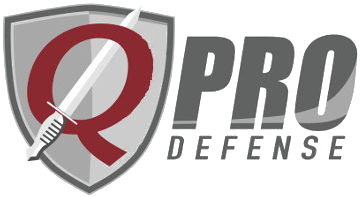Background
I was an early adopter of the Leupold Mk 8 1.1-8x and the Mk 6 1-6x scopes. These optics were first in class when initially developed. They exhibited some of the best features to evolve from our little war on terror. The S2Delta 1-6x BDC incorporates many of those qualities in a compact, lightweight, and affordable package.
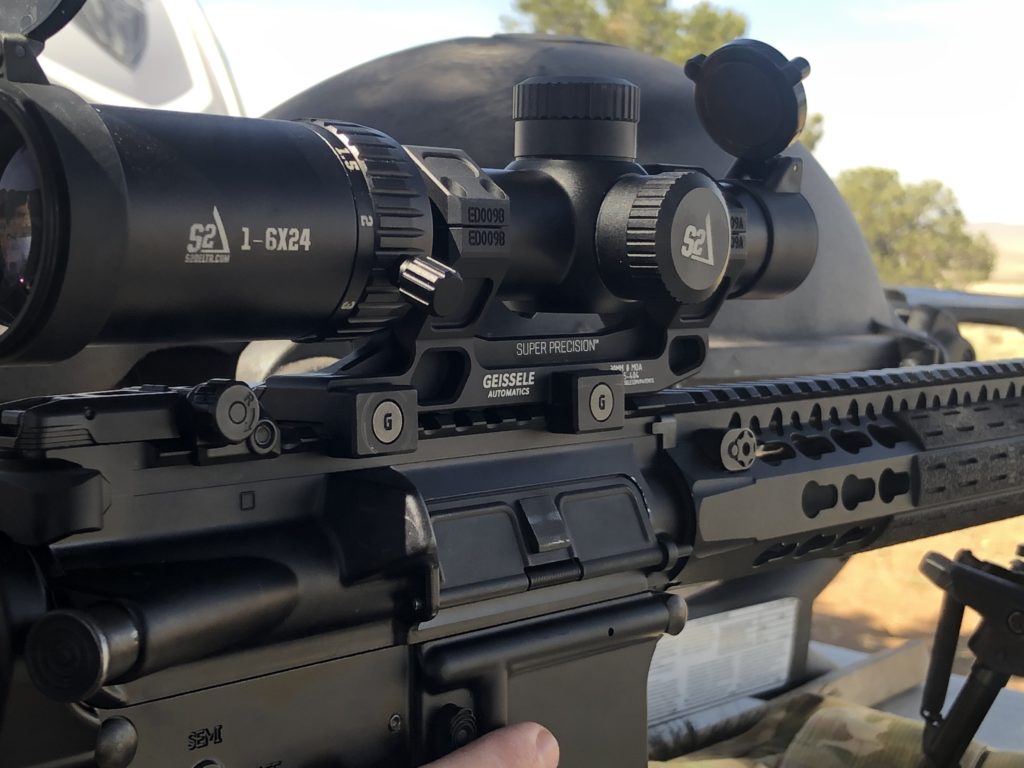
Iraq Bias
Our teams in Iraq were frequently tasked with “Night Stalker” missions. “Night stalkers” were sniper initiated counter IED ambushes. We each carried multiple weapons to ensure we could defend our position, kill IED emplacers, their accomplices, and effectively stop vehicles to prevent their escape. This was no small task for 4 man elements operating in mutually supporting teams.
Barrett M82A1s, FN M240s, and M249’s were always present. So were DMRs, Mk11s, and M40A1s-5s. Along with our personal loadout of M4A1s, ACOGs, M203s, pistols, VHF and Satellite radios, antennas, laptops, batteries, and of course, water. 12 quarts per man per day in the summers. That’s 75lbs of water per man for a 3-day mission.
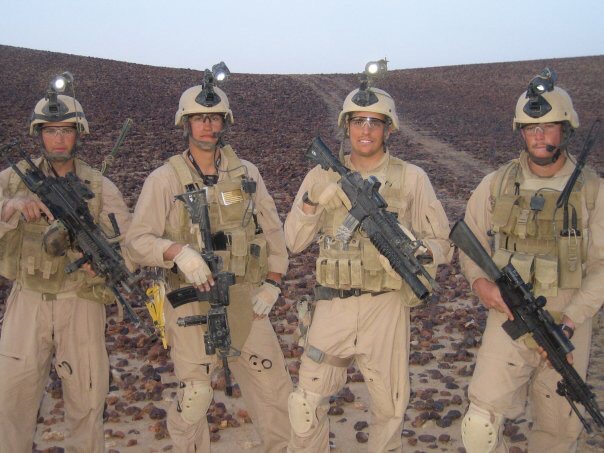
We carried a lot of gear. Some of it was redundant. The USMC M40s were not only redundant. They also had an extreme weight to rate of fire ratio. We carried what we had to in order to complete the mission. An LPVO 1-6x or 1-8x scope on a carbine would have allowed us to be more effective with less weight to slow us down. We had Mk262 mod 1 ammo but our ACOG equipped M4A1s didn’t let us fully exploit the ammunition’s capability.
The S2Delta 1-6x: A Better Way
When we got home from Iraq in late 2005, a friend, former Scout Sniper, and program manager for a federal sniper training program snatched me up from the academy and had me accompany him to a range where an east coast SEAL team was training. That’s when I was introduced to the SPR concept or special purpose receiver.
These guys had Mk18 uppers, complete with sights, lights, and lasers, on a lower with a match trigger installed. Accompanying the Mk18 was a match upper receiver with an 18” stainless barrel and a 2.5-10x Nightforce Optic. Using Mk262, these guys could move into, clear, and occupy a hide site. They could then swap out their upper receivers and set up in an overwatch position. Of course, this was 15 years ago. Optics, rifle, and barrel manufacturing technology have evolved.
Based on our Iraq experience, my partners and I have sought to improve the capabilities of riflemen through training. In our professional capacity, we have pushed for the adoption of rifles, optics, ammunition, and training programs that allow shooters to far exceed previous capabilities. We have developed carbine courses specifically targeting the needs of military, civilian, and law enforcement shooters.
Manufacturers like Monty LeClair at Centurion Arms have brought Naval Special Warfare’s Mk 12, Recce carbines, and various other accurized carbines to the civilian market. Leupold introduced the CQBSS Mk8 1.1-8x and later on, the MK6 1-6x. Nightforce and Sig have since won SOCOM contracts to provide both 1st and 2nd focal plane low power variable magnification optics for Designated Marksman roles. The Army has adopted the Leupold Mk5 5-25 as the new sniper rifle optic. The Marine Corps just announced adoption on the Trijicon 1-8x VCOG.
Where does the average American, who lacks the funding of the Army, Marine Corps, and SOCOM go to equip his carbine and extend his effective range? Along comes S2Delta.
Full Disclosure
S2Delta is the brainchild of Isaac Brito and Ethan Tanner. The company name is a phonetic play on the Reconnaissance creed. Swift, Silent, Deadly, or S2Delta.
I served with both of these guys. I met Isaac at Recon Indoc (known officially as RMAT back in 2003). Ethan and I met upon assignment to my first team. My ambitions were simply to become a Recon Marine and deploy. Ethan and Isaac were already salty vets who had just returned from OIF one with 1st Recon Bn. They had bigger ambitions.
Isaac and Ethan are engineers now. They are passionate about shooting, hunting, and engineering better systems to enable the American rifleman. Be it a service member, a police officer, a hunter, or a competitive shooter.
Getting Started
Isaac and Ethan approached me early on with their first product, a versatile 2 point adjustable sling. They wanted it to be Berry compliant and more versatile than what was currently available. I feared S2Delta was entering a saturated market. A market where Kyle Lamb and Larry Vickers had already established the standard for adjustable slings. The Berry compliance would also drive their price point up, making it very hard to compete. Ethan and Isaac were not dissuaded. In fact, S2Delta has sold over 10,000 slings in the last 12 months.
Prototype Development
Isaac then approached me about optics. He wanted to introduce a versatile carbine optic and wanted my input. We talked and exchanged ideas. Later on, he gave me an S2Delta 1-4x prototype to test during a Kinetic Carbine Course. It performed well except the reticle’s BDC seemed to be ideal for a .300 BO or some other slow-moving projectile. I recommended he and Ethan hit the drawing board and design a 2nd focal plane reticle with a BDC that matches the most prolific rifle in America, the 16” 5.56 carbine. They did. S2Delta released its first optic, a 1-4x scope with its proprietary reticle in 2019. Now they are preparing to release a new scope. This is my review of their prototype S2Delta 1-6x LPVO Carbine optic.
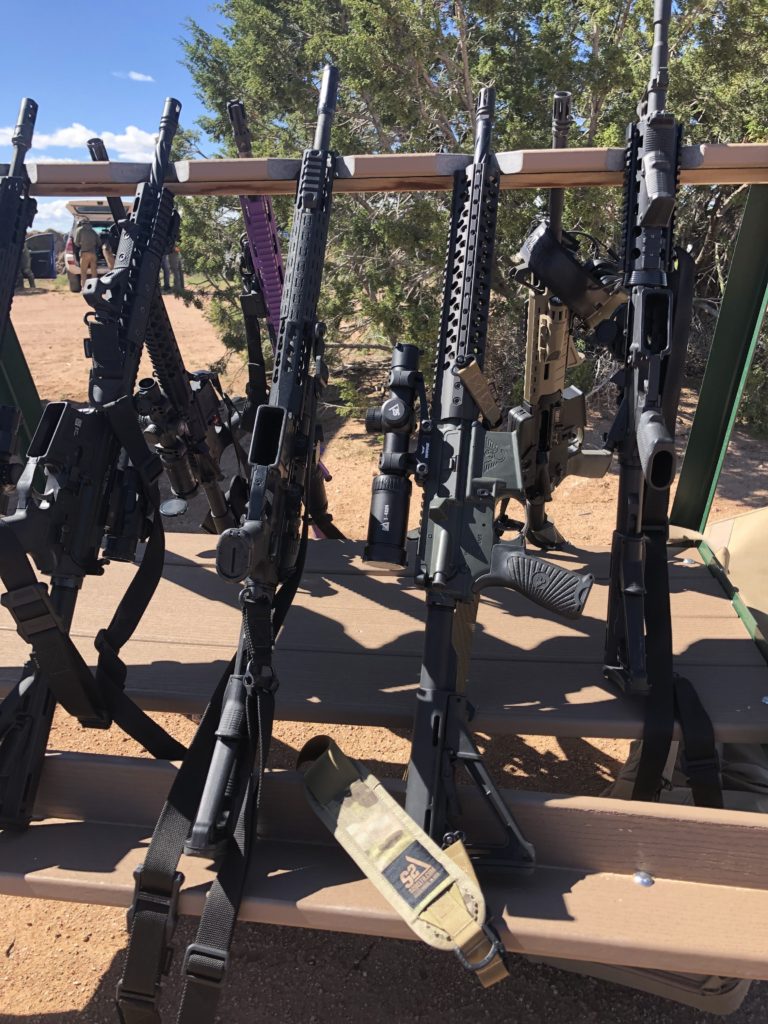
S2Delta 1-6x Prototype
The S2Delta BDC 1-6x prototype has the same external dimensions and weight of their original 1-4x optic. It uses a 30mm main tube. It weighed in at 1lb 9oz, or 25oz, in the Geisselle mount. The Geisselle mount weighs 7.2oz, making the S2Delta scope a feathery 17.8oz. For comparison, the new Vortex Razor E 1-6x comes in at 21.5oz.
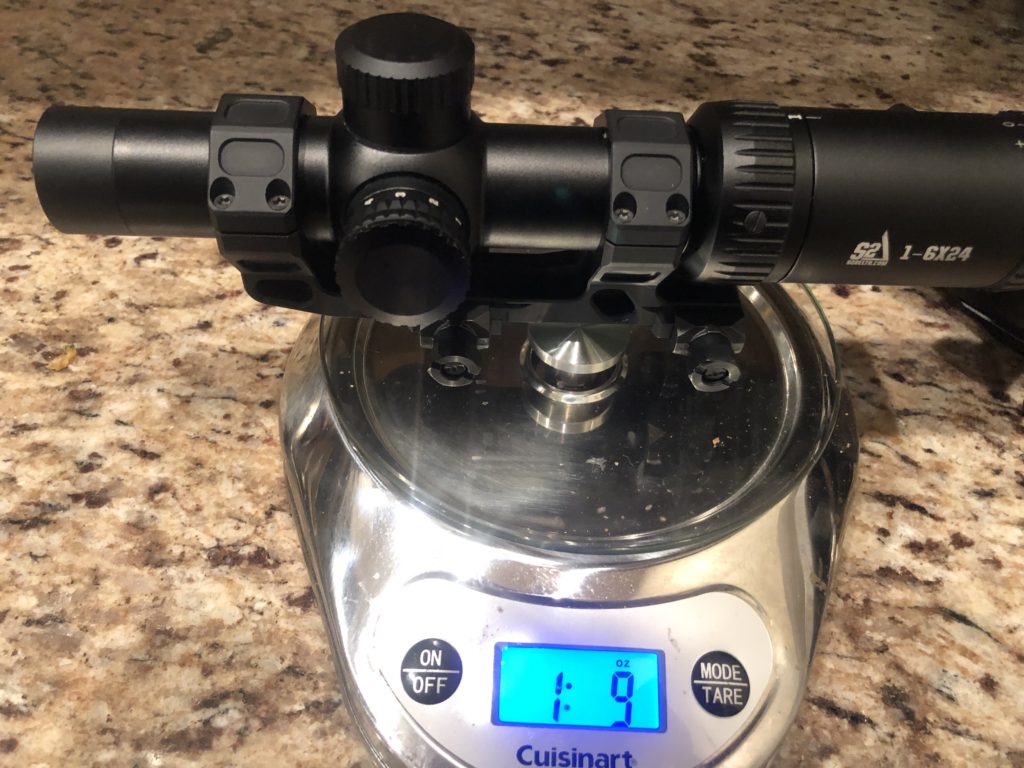
Rifle Selection
A Daniel Defense V5lw 5.56 carbine was selected to review their 1-6x prototype. It is the same carbine used to evaluate S2Delta’s prototype 1-4x. This rifle posted a sub-MOA group when zeroing S2Delta’s 1-4x prototype using Black Hills 77gr Sierra BTHP ammunition.
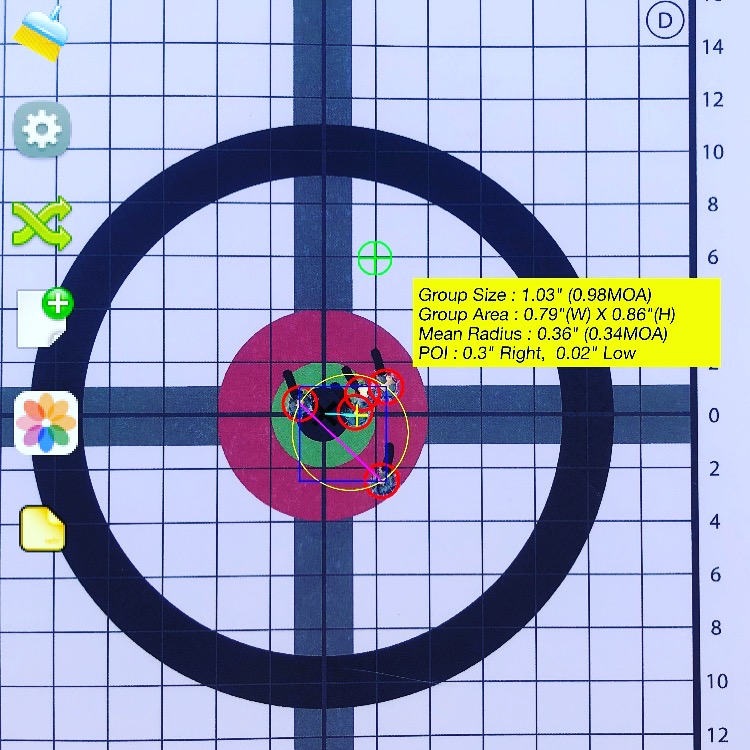
Mounting the Optic
A Geissele Super Precision 30mm AR-15/M4 scope mount was used to mount the scope to the rifle. Using a Vortex torque wrench, the rings were torqued in accordance with Geissele specs (18in lbs.). Mounting was straight forward with no issues. The quality mount from Geissele and the right tools made mounting quick and uneventful.
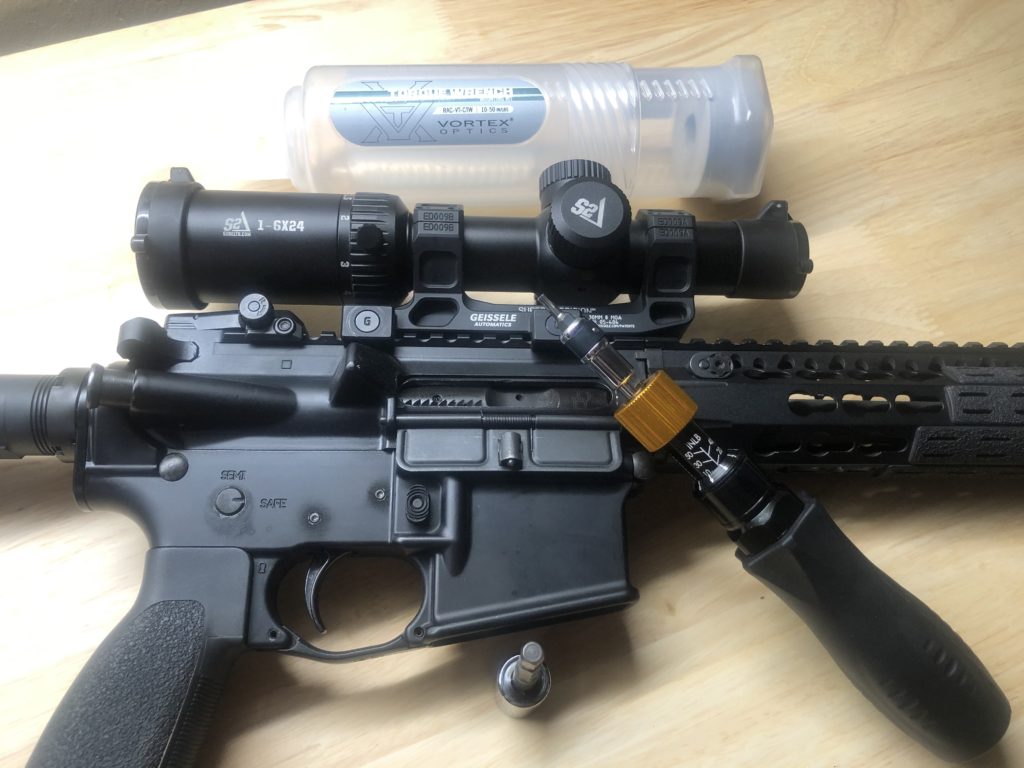
Testing the S2Delta 1-6x
In the Marines, a weapon is evaluated as a system; the shooter, the ammunition, the rifle, and the optic. For example, a Marine with an M16A4 rifle using M855 ammunition must hold a 7 minute of angle group when zeroing the rifle. If they cannot, another shooter is afforded the opportunity with said rifle. If the rifle fails to hold 7 MOA with two different shooters, it is pulled for service. Using an accurate and reliable carbine, Federal ammunition, and a great scope mount would allow me to focus on the scope without concern.
S2Delta’s BDC Reticle
The S2Delta reticle is located in the Second Focal Plane. It is highly discernible at all magnification ranges in the 1-6x scope. To utilize the BDC, ranging, and wind features, the magnification must be set at 6x. Holds for drop and wind are quick and easy to employ.
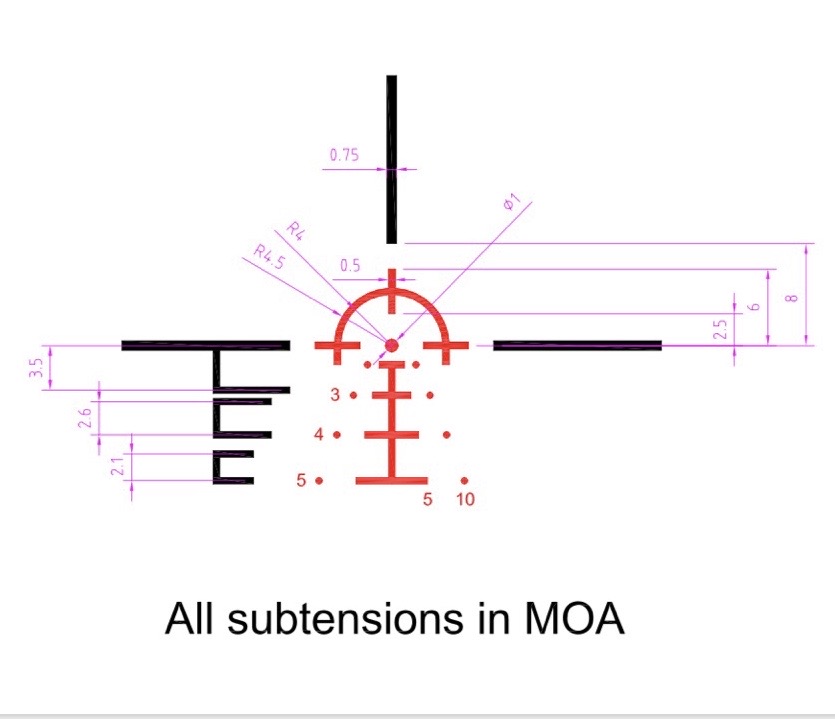
One of the cooler aspects of the BDC reticle is it’s inclusion in the Strelok Pro app. For those not familiar, Strelok Pro is a smart phone app with a ballistic engine and a library of reticles. The app allows a shooter to customize the reticle to their unique firearm. You can tune the reticle by entering your rifle, cartridge, and atmospheric information. Strelok Pro will present the information on the reticle image. Current versions of the app have the 1-4x reticle. You can change the Ranging magnification and Max magnification from 4x to 6x to accurately portray the 1-6x reticle in the new scope.
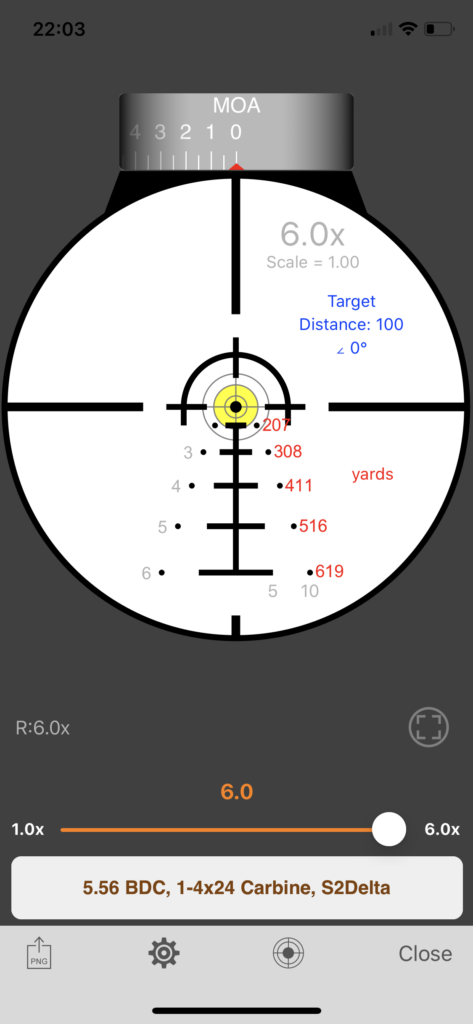
Range Estimation
The range estimation features allow shooters to estimate range based on either the height or the width of a target. The horizontal bars in the lower-left corner of the reticle are based on an 18″ width target. IDPA and IPSC targets are 18” wide, allowing a shooter equipped with this reticle to quickly estimate the distance to a target.
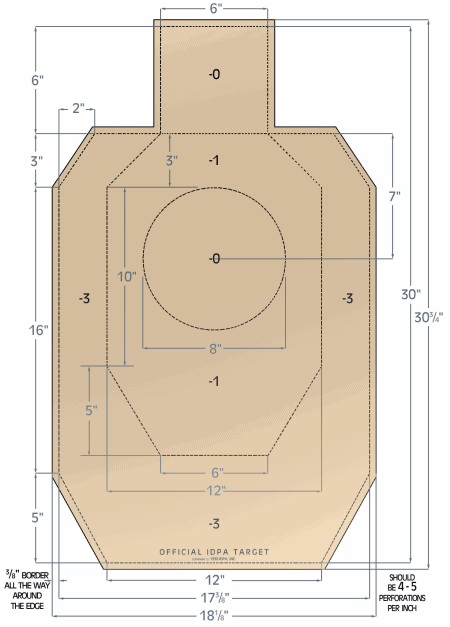
The vertical bar in the lower left-hand corner is used to estimate range based on the height of a target. It is based on an 11″ height. This corresponds nicely to an 8.5×11” sheet of paper.
Range Session 1
For the first range session, I used Federal XM556NT1 frangible lead-free ammunition. I selected this ammo for two reasons, first being that I would be engaging my personal steel targets, second that it is the DoD specification ammo that is designed to match the trajectory of 62gr. M855 green tip ammunition, which the S2Delta BDC style reticle was specifically engineered for.
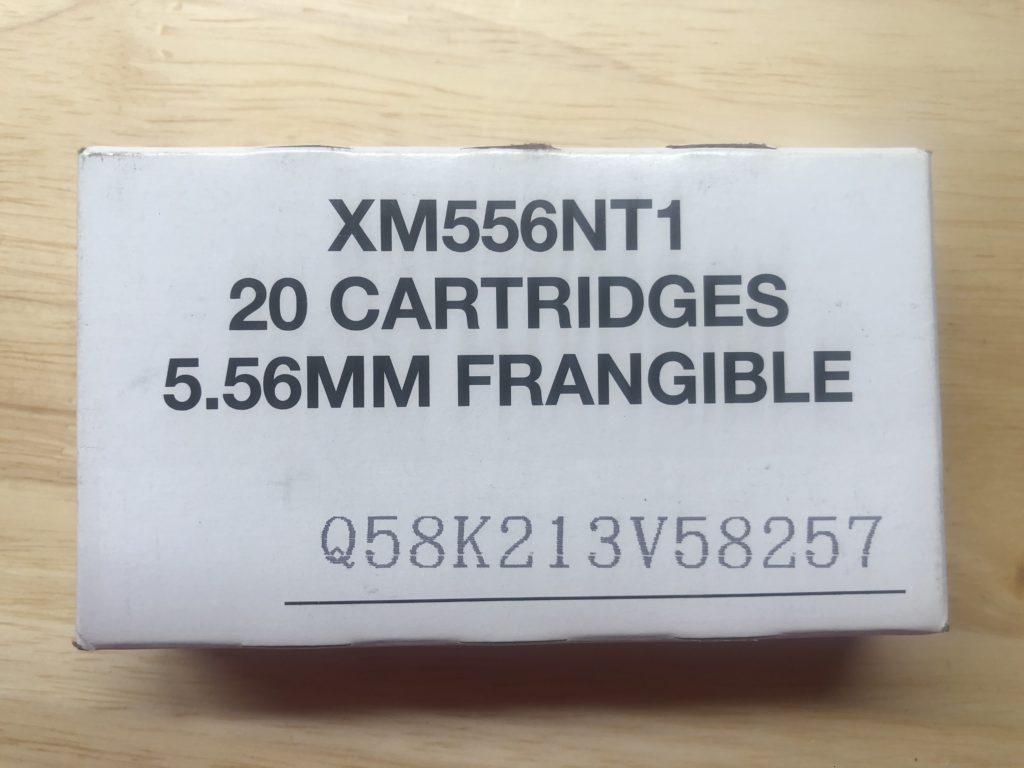
COVID Closures
Due to the COVID closure of most ranges, my first range session would take place on BLM land and would be limited to zeroing and testing the BDC reticle from 0-300 yards. Five RSR Ready Ship Targets were set up from 66-298 yards.

Field Expedient Zeroing
I decided to skip the formal paper zeroing process at 100 yards and perform field-expedient zeroing. Without bore sighting, I engaged target 1 at 66 yards. My 1st shot missed off the right edge. I adjusted the 1/2 MOA windage turret left. The next impact was low and center. I adjusted the 1/2 MOA elevation turret up. From there, I transitioned to 134 yard target, where I impacted close to center. After a few minor adjustments and just 4 rounds, I was zeroed and decided to confirm my zero at 200.
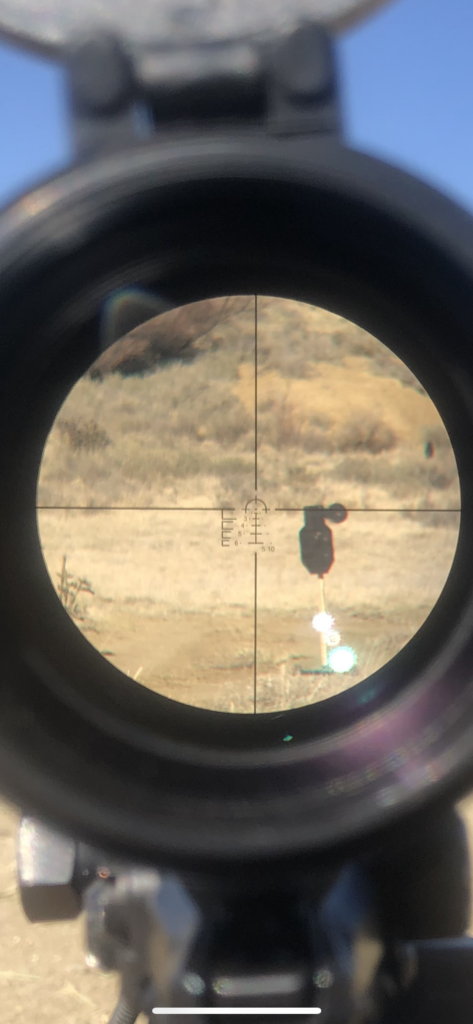
I transitioned to the 206 yard target, impacting center of the RSR Ready Ship Target using the BDC 200 yard hold. Next up was RSR’s “Hostage Head” that was affixed to the target at 206 yards. Impact. Zeroed quickly without issue.
BDC and Wind Holds
After confirming zero at the 206 yard steel, I transitioned to 267 yard target, took note of 5mph right to left wind. I used the 5 mph feature on the reticle, and registered a 1st round impact. I transitioned to the 298 yard target, held for wind using the reticle, and heard the audible ringing of steel signaling another impact. S2Delta’s reticle is far more legible and usable on the 1-6x model vs the 1-4x. I intentionally painted the RSR targets black to see if the reticle was discernible against the steel, it was, but not as discernible as when against the lighter colored desert landscape.
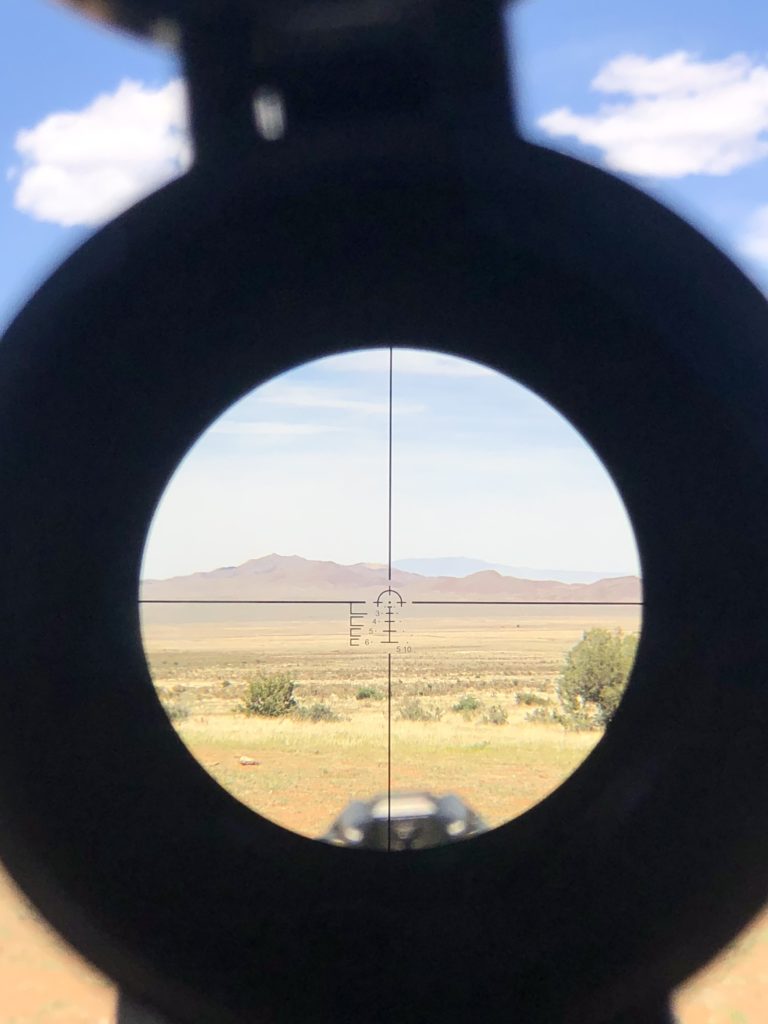
Winds continued to fluctuate between 2-10mph, adjustments were quick and easy, as were impacts.
Close Range Engagement
I took a few rounds and performed offhand engagements from 15-50 yards. This gave me a feel for eye relief, FOV, and speed of acquisition. The reticle was discernible at 1-3x and quick to employ.

Optical Observations
This is by no means an apples to apples comparison. I chose to compare the S2Delta 1-6x to the Leupold Mk 8 1.1-8x and the Mk 6 1-6x. These optics set the baseline for what a LPVO should be. That said, optical technology continues to advance and I wanted to see where S2Delta’s little scope stood in comparison.

Bottom: S2Delta 1-6x
The S2Delta 1-6x exhibits “fish eye”, or distortion as objects pass through from edge to edge when transitioning from targets at 3 yards and 1x. The distortion is similar to that of the 1.1-8x Mk8 Leupold when set to 1.1x. The Mk6 1-6x presents the sharpest image with no discernible distortion at 1x when at 3 yards. Given the price range for the Mk8 and Mk6, the S2Delta image is surprisingly good but so similar to the 1.1 Mk8 that it leads me to believe the S2Delta 1-6x is not a “true” 1x optic. The phenomenon is more prevalent at 3 yards than at 5 yards. Also interesting is that the Mk6 exhibits some visual distortion at 5 yards but none at 3. Like the S2Delta 1-6x, the Mk8 1.1-8 exhibits more distortion at 3 yards and less at 5 yards, which again leads me to believe the S2Delta is not a true 1x.
I am by no means an engineer, so I discussed my observations with Isaac. He designed the scope as a true 1x. It does have a manufacturing tolerance of 5%. During QC, S2Delta’s 1-6x prototype measured at 1.03% which is within the acceptable band. Further, Isaac stated that the target value is 1.025x. With that in mind 1.03x is really good.
Illuminated Reticle of the S2Delta 1-6x
A word about illumination. Daylight bright illumination is highly touted. That said, a second focal plane black reticle of proper proportion is easy to pick up quickly at low power, a first focal plane reticle is not. The S2Delta is a second focal plane reticle but it is not daytime bright when illuminated. S2Delta’s reticle is brighter than the Mk 6 and Mk8 when illuminated. More importantly, the full BDC is illuminated. The Mk 6 and Mk8 only illuminate the center of the reticle. This makes the S2Delta fully usable in diminishing light at distance, a nice feature for those that can not afford to equip their rifles with a PVS-27 Night Vision Device.
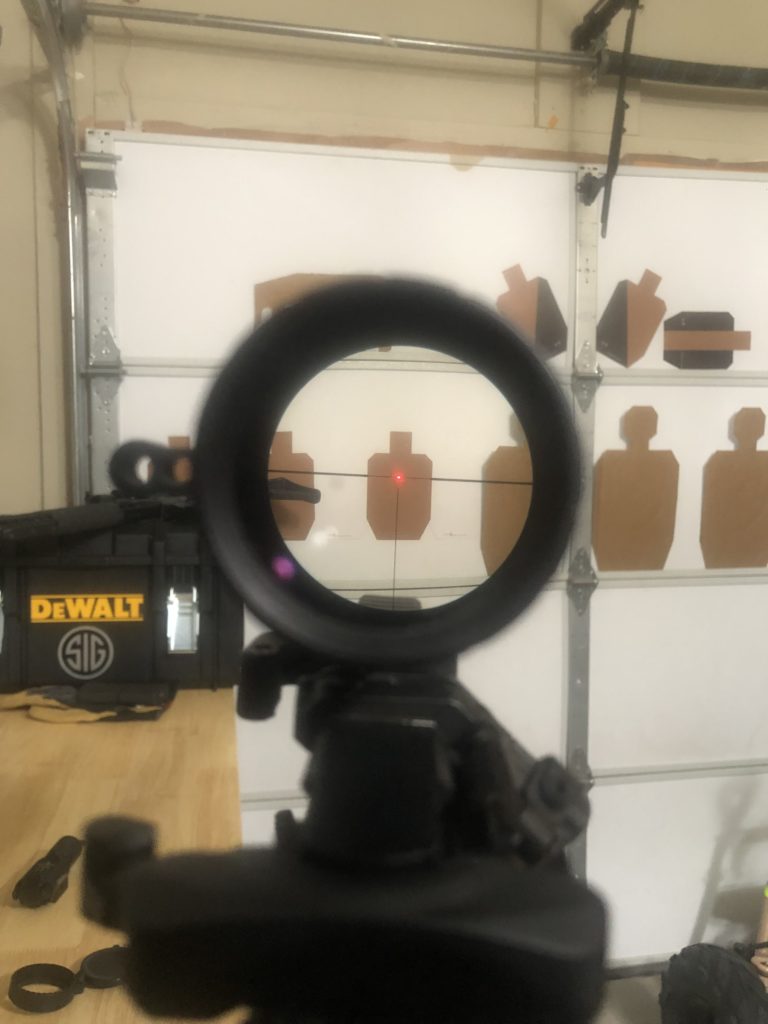
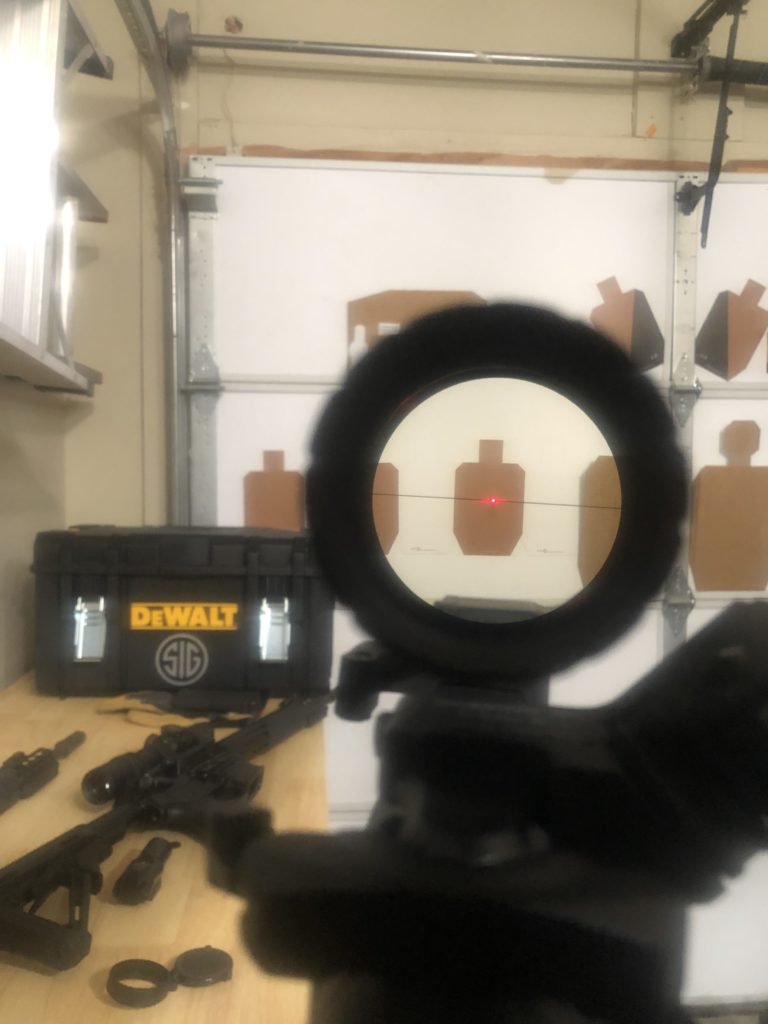
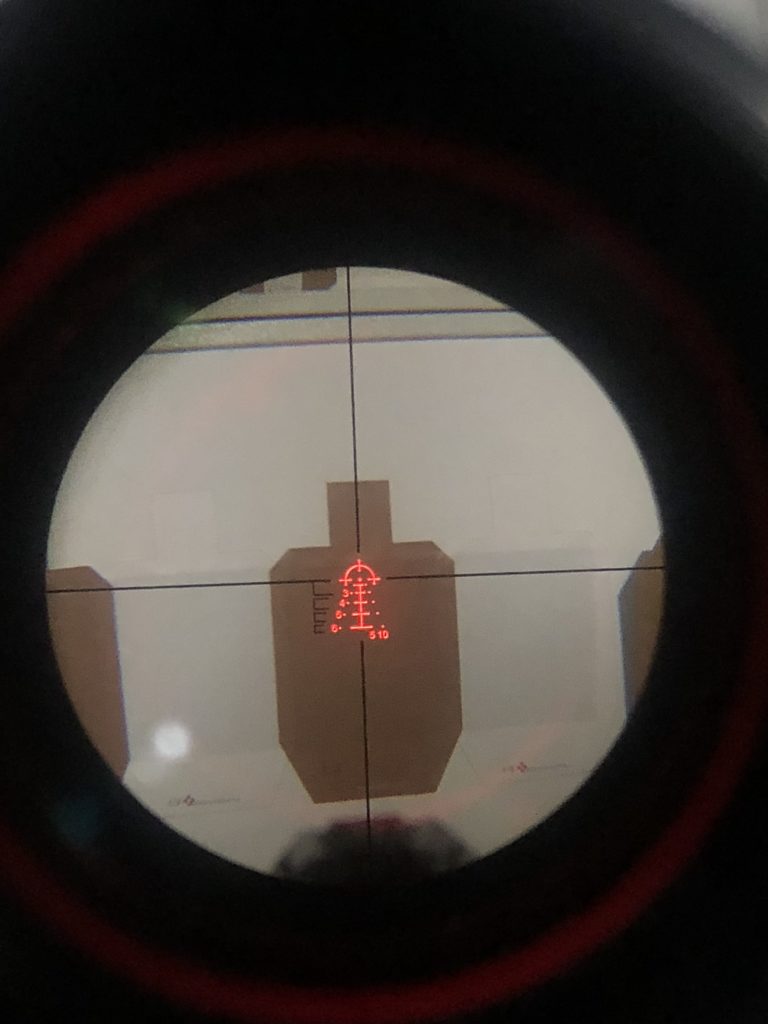
Range Session 2
Del Norte Gun Club opened back up to members on Saturday, May 2. I decided to wait until the crowds dissipated on Sunday evening. With the heat rising and summer approaching, there are very few shooters there in the afternoons and late evenings.
Ammunition Selection
For ammo, I decided to use Federal 55gr Lake City 5.56. Though inexpensive, it should closely match the S2Delta BDC for trajectory and wind.
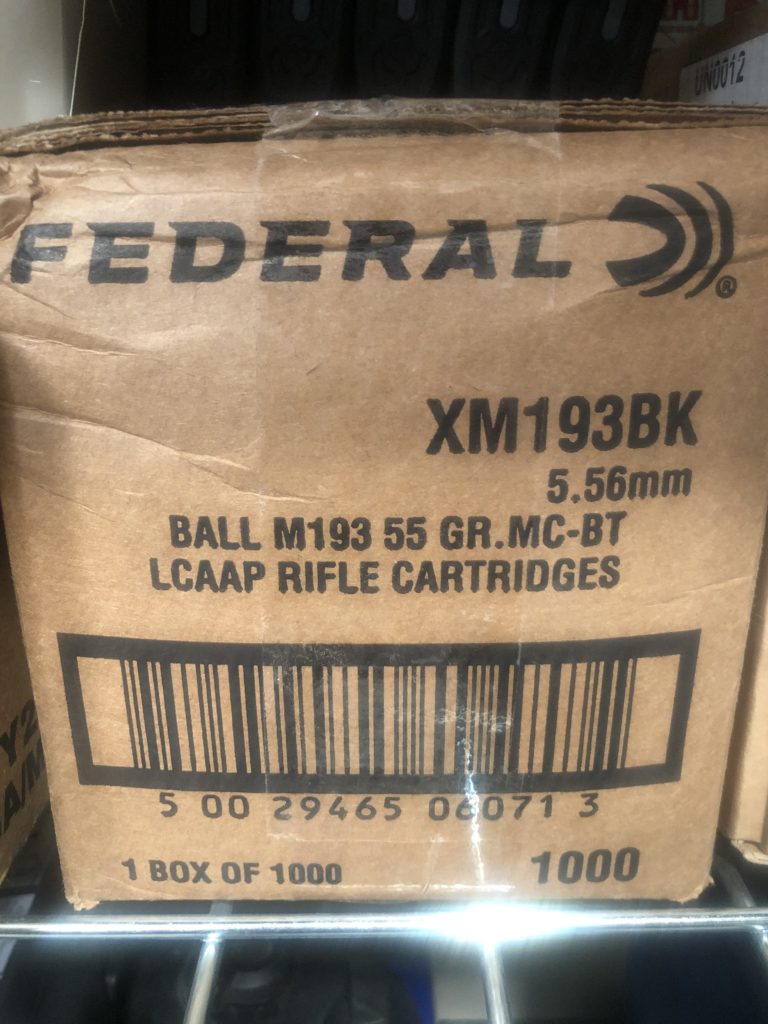
Upon arrival at DNGC’s 1000 yard range at 6:30pm, it was evident that the sustained full value 10-12 mph winds would be perfect for testing the wind features of the reticle.
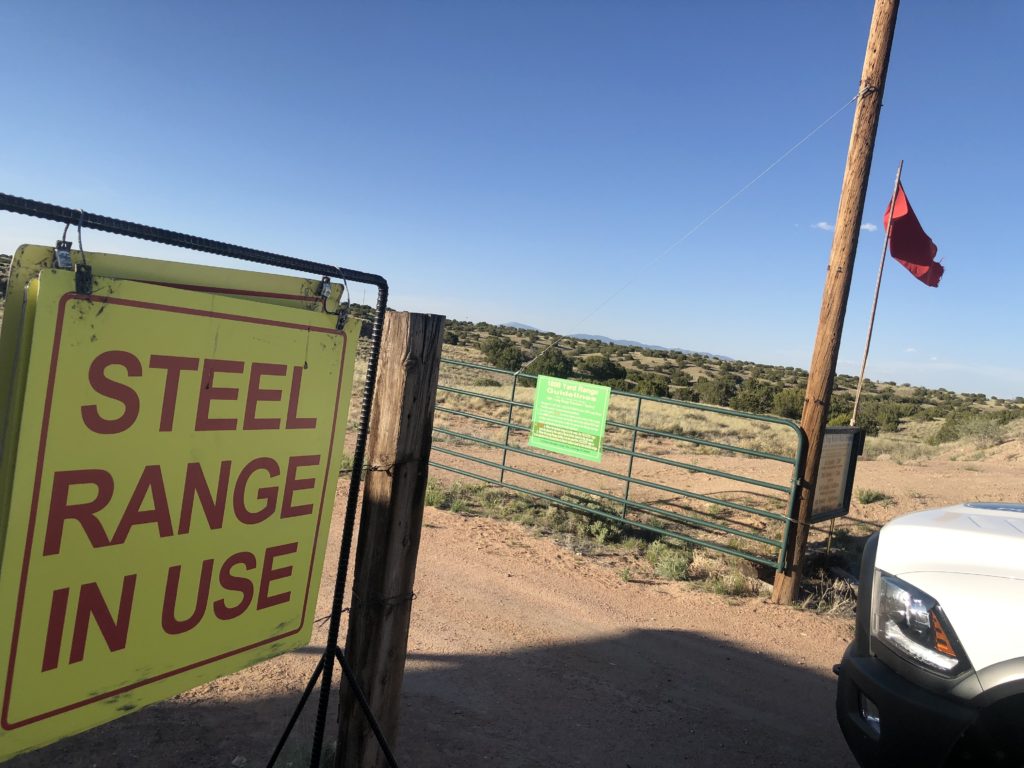
Del Norte Gun Club’s 1000 yard range is actually 3 ranges in one, and it’s a world-class facility. Their 1000 yard steel range has berms from 100-1000 yards, with 3 standardized steel targets at 100-yard intervals from 200-1000 yards. The three targets range in size from a full-size silhouette down to a silhouette slightly larger than your hand.
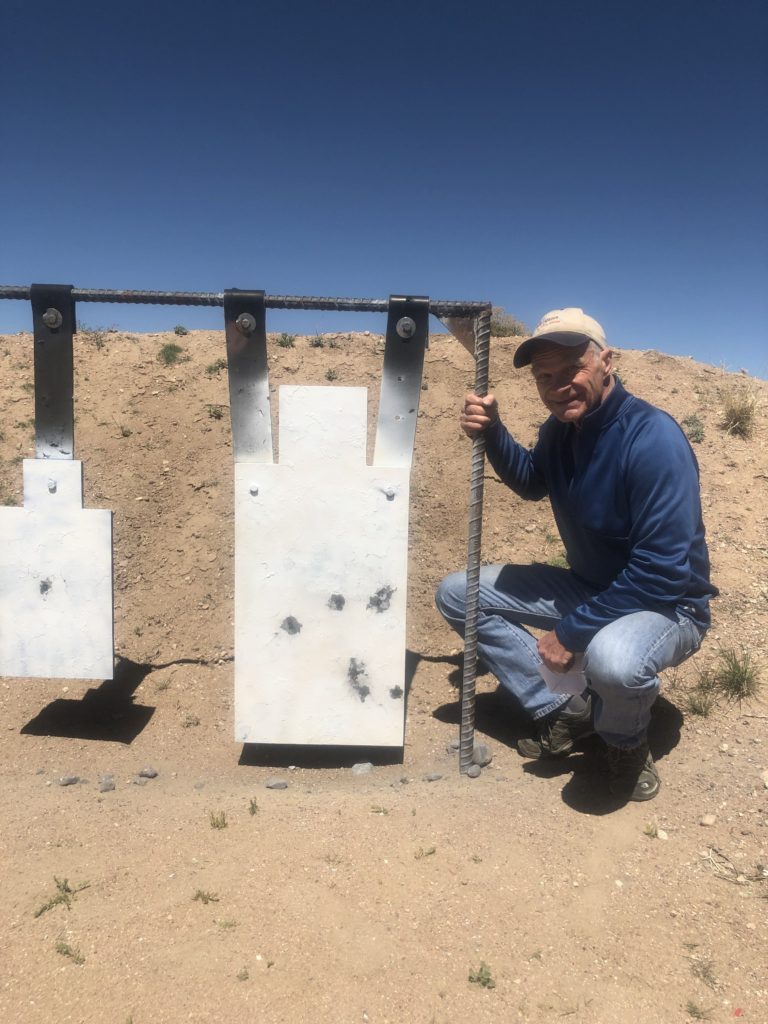
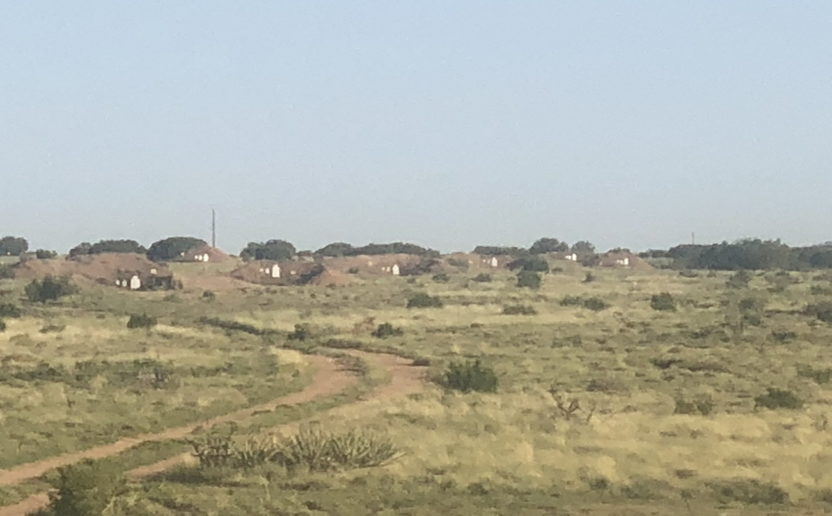
Sustained Wind at Range
I engaged all 3 pieces of steel, large, medium, and small, relying on S2Delta’s reticle from 200-600 yards. The Federal XM193 55gr proved true to the BDC. It was dead on for both drop and wind holds out the 600 yards. I initially had trouble with the small 600 yard target, but not because of the reticle. Winds were starting to shift and gust.
I let the barrel cool down and took a moment to capture some photos. After a few minutes, I ran the course again, cleaning all three of the 600 yard targets using the 10mph wind dot. The 10mph wind dots allowed for precise holds on small targets out to 600 yards. Mind you this is ball ammo, not match and not favorable in the strong winds. Based on Isaac and Ethan’s design criteria, I felt it would best match the BDC and wind dots. It does and it’s surprisingly accurate from 200-600 yards. It’s really a great general purpose reticle in this optic.
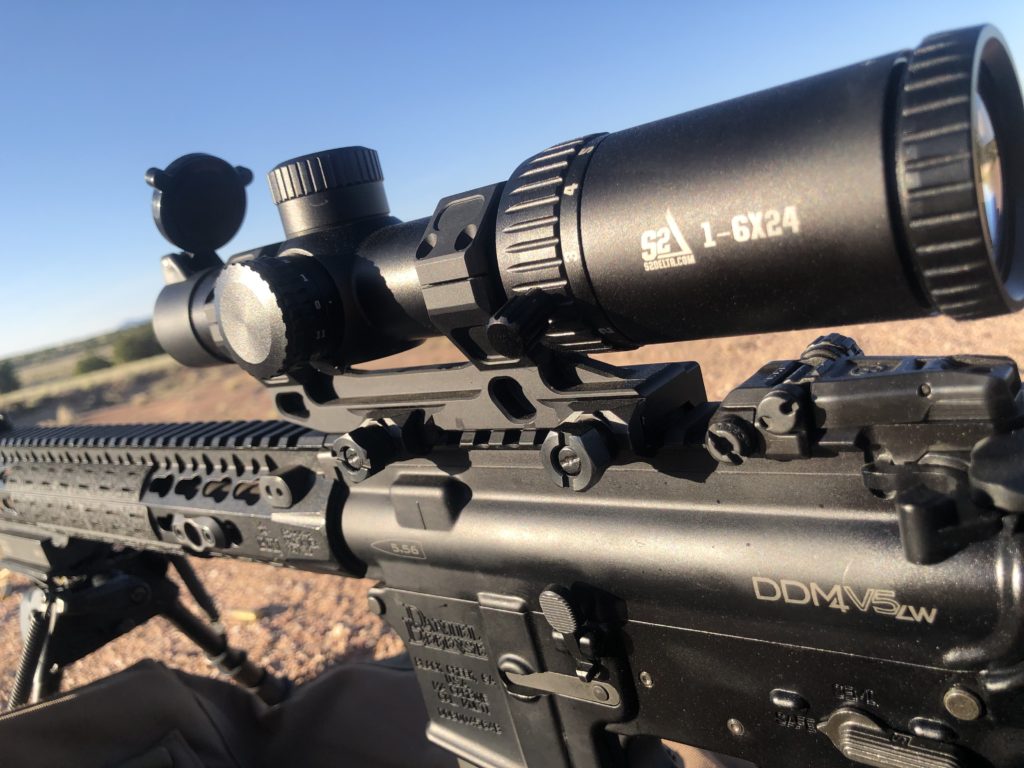
Conclusion
Wind holds are spot on. The reticle is crisp and stands out sharply against targets. It’s intuitive and very easy to use.
If you’re in the market for a carbine optic, but on a budget, may I recommend S2Delta’s 1-6x scope. The 1-6x production scopes are currently available through Amazon for $359 + S&H.
You can also purchase it directly through S2Delta‘s webpage.
About the Author
Oscar Sanchez is the Director of Training at Quiet Professional Defense, the civilian and law enforcement training branch of Shadow Mountain Group (SMG). SMG is a subsidiary of Bode Aviation, Inc.
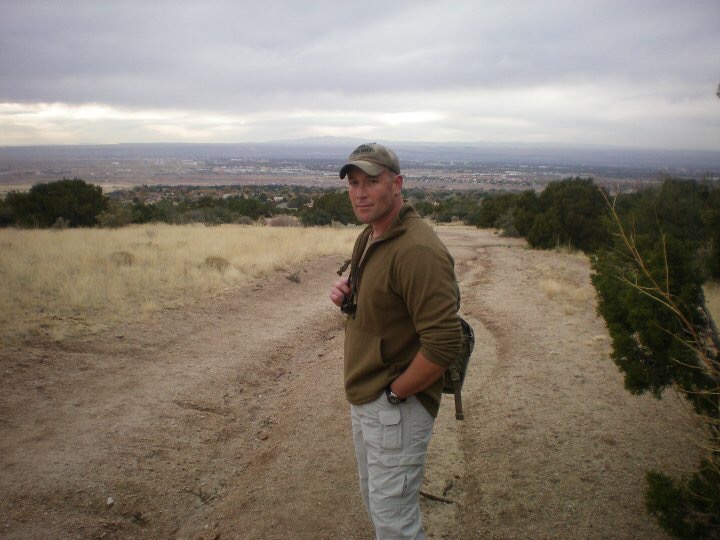
Oscar has over 25 years of experience in government service. He has performed duties as a Reconnaissance Marine Assistant Team Leader and Team Leader during multiple Combat Deployments, a Federal Agent, a Special Response Team Member, Sniper, and Team Leader, and as a full-time federal agency firearms, tactics, and leadership instructor. He continues to work full time for the U.S. Depart of Energy as a member of the Composite Adversary Team (EA-20).
